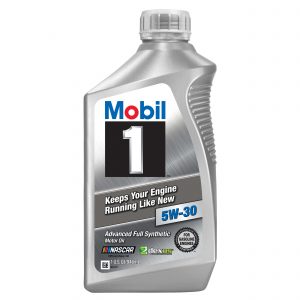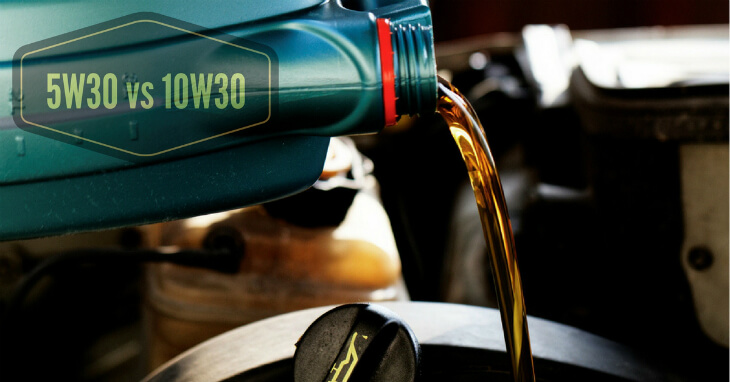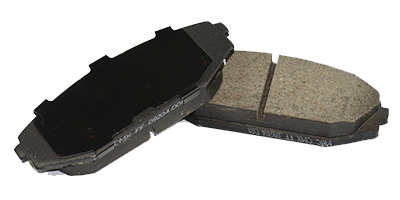What’s the difference between 5w30 vs 10w30 oil?
Engine oils help to protect engines under a variety of temperature conditions. They are normally named using 2 numbers, for example 5w30. These numbers indicate the rating of the oil thickness when the environment is cold or hot.
Thicker oils are identified using higher numbers. For example, the number 5 in 5w30, shows how easy it is for the oil to flow at low temperatures. The lower the number, the easier the oil flows. A 5 will pour easier than a 10. This also means that the former will reach engine components faster than the latter.
The second number, 30, indicates how thick the oil is at and past the engine’s operating temperature. Thicker oils perform better when the engine is under high stress, high temperature, and high pressure. This, of course, is before they thin out past their normal working state and seize to protect parts of the engine.
The letter “W” refers to “Winter” or viscosity at 0F (-18C). The difference between 5w30 and 10w30 is that the latter moves slower than the former during a cold startup. Both have identical viscosity at operating temperatures and will protect the engine components the same way.
5w30 Description
 Features
Features
If you live in a region that experiences cold temperatures often, 5w30 is a great option for your needs. It has great fuel efficiency and subjects moving engine parts and bearings to less drag. The 5w30 is widely used in small and medium commercial and passenger cars.
It’s thinner and lighter than 10w30. This helps it to flow better on start-up. It also provides great oil strength for engines subjected to hard work. This increases the vehicle’s overall performance since the engine is under high pressure.
Strong sides
- Ability to lubricate crucial engine parts even when it drains backwards.
- Provides an extra layer of protection during start-up.
- Bonds to metal surfaces preventing wear and rust.
- Provides protection in both high and low temperature conditions.
- Provides better engine protection in lower temperatures.
Weak sides
- Not appropriate for hot climates.
- Not recommended for frequent stop and go city driving.
- Not suitable for cars that haul heavy load often.
10w30 Description
 Features
Features
The 10w30 oil is appropriate for environments that experience frequent hot temperatures. It’s thicker and more viscous than the 5w30 oil. This means that it flows slower and performs better under higher temperatures.
Its added thickness provides better protection for older engines. Engines tend to get wider clearances as they age. This normally calls for the use of thicker oils for increased protection.
Strong Sides
- Oil clings to crucial engine components even when it drains.
- Minimizes wear during start and stop driving.
- Suitable for vehicles that lack DPF technology such as petrol cars, diesel cars, LCVs, and SUVs.
- Better option for vehicles operating in hot climates and those that haul heavy load.
Weak Sides
Doesn’t perform as well as 5w30 in extremely cold environments.
Verdict
Using a highly viscous oil can cause increased drag and high oil temperature. On the other hand, a low viscous oil will flow too fast across internal components causing metal-to-metal contact and increased engine wear. Only use the oil recommended for your vehicle by your manufacturer to get maximum fuel economy and engine protection.



